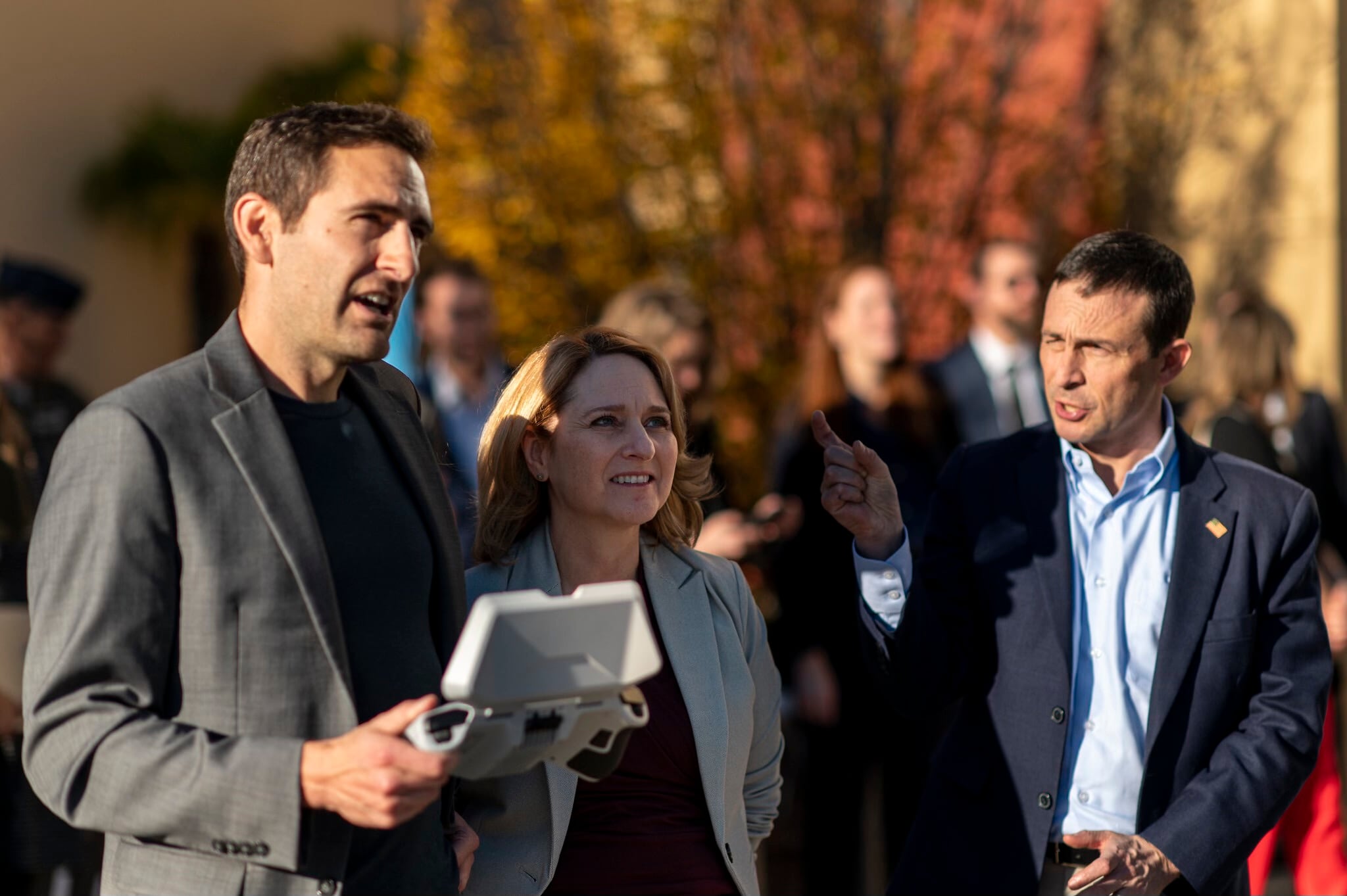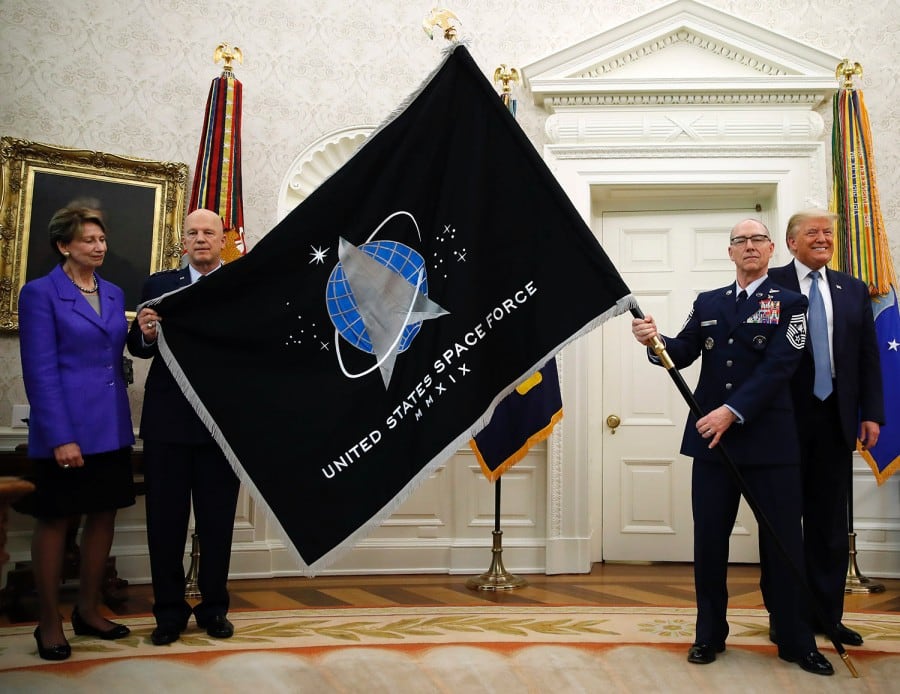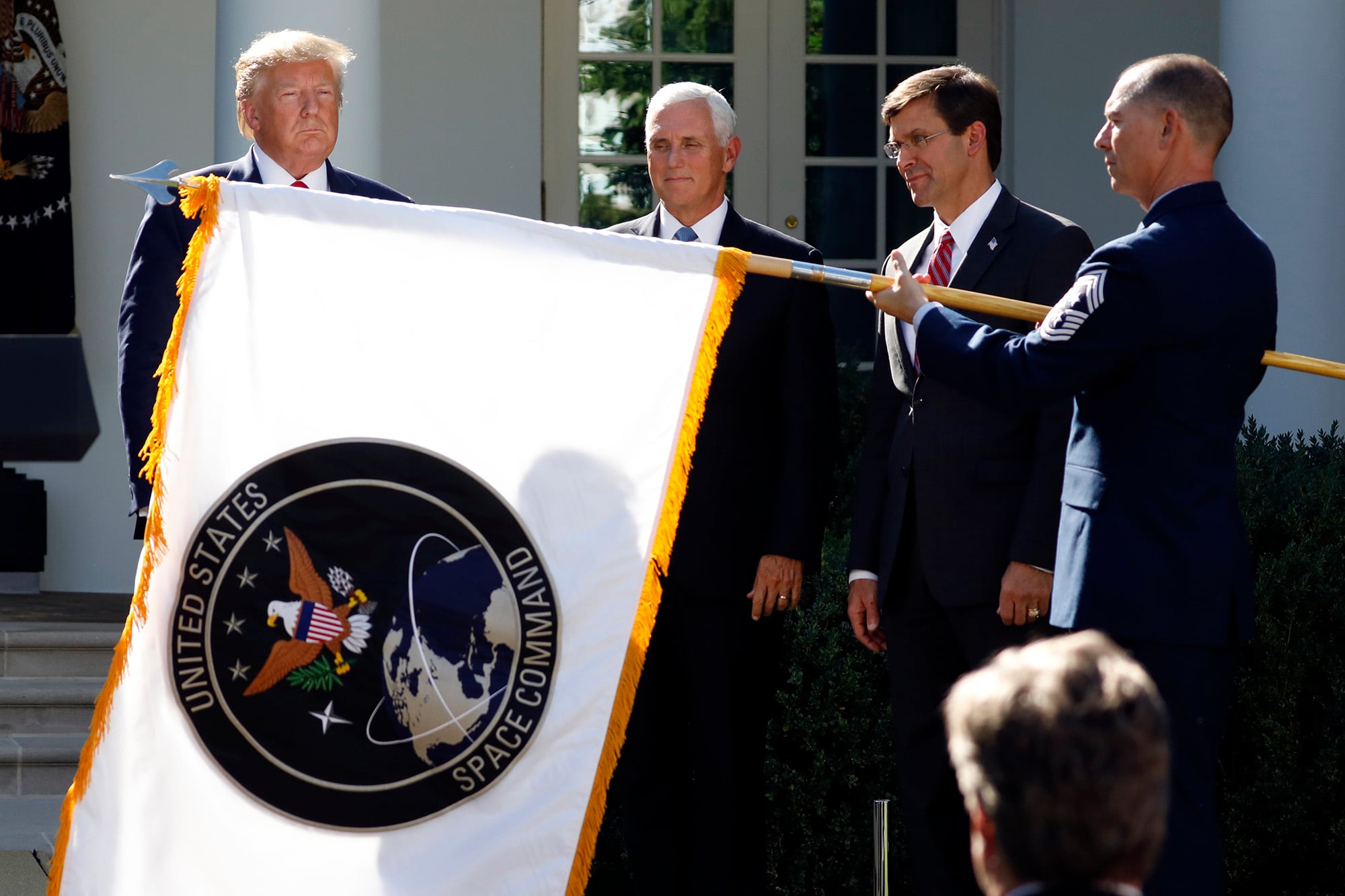The most radical effect of video games on modern warfare may be in how its visualized.
Displays built to provide information to a dedicated professional audience can afford to be somewhat esoteric and specialized, with the assumption that the user will have received specific training to decipher the symbols. Games, marketed toward a hobbyist audience by definition, have no such luxury, and instead must make their information easy to interpret or be discarded. It is this insight that has led Raytheon to upgrade a missile control system to be informed by video game logic.
Branded, as though it is a discount shooter franchise, as the Warfighter-Machine Interface, the new Patriot control scheme converts the abstract, flat display of lines and symbols into a fully three-dimensional interface, displaying radar and intercept arcs and open to information from across a range of sensors.
Raytheon announced the upgrade June 17, 2019, though it appears to have been in the works for some time. At the 2018 AUSA conference, there was a floor model on display, and the new display is scheduled to start operating with the Army in 2022.
The change to the Patriot missile display is just one in a growing number of developments that seek to borrow from artificial realities to create tools to interpret the battlefield. It’s part of the impetus behind the Pentagon’s interest in Microsoft HoloLens as a way to display information for troops on the battlefield, and similarly part of the same objection by some Microsoft workers to selling the technology to do the same.
However changes to displays come to military forces, it will be a second-order effect of games development, which has spent decades iterating on how to turn the abstracting information of simulated combat into clear and simple displays.
Kelsey Atherton blogs about military technology for C4ISRNET, Fifth Domain, Defense News, and Military Times. He previously wrote for Popular Science, and also created, solicited, and edited content for a group blog on political science fiction and international security.







